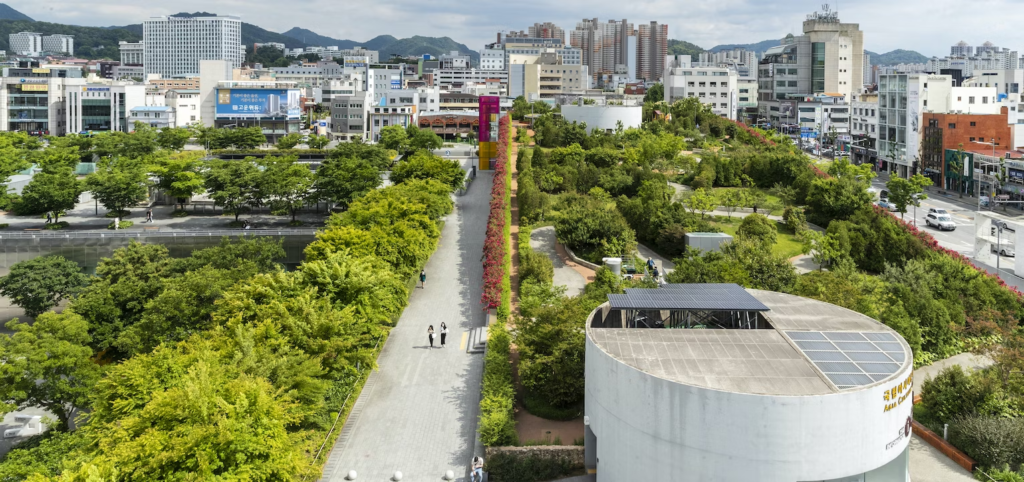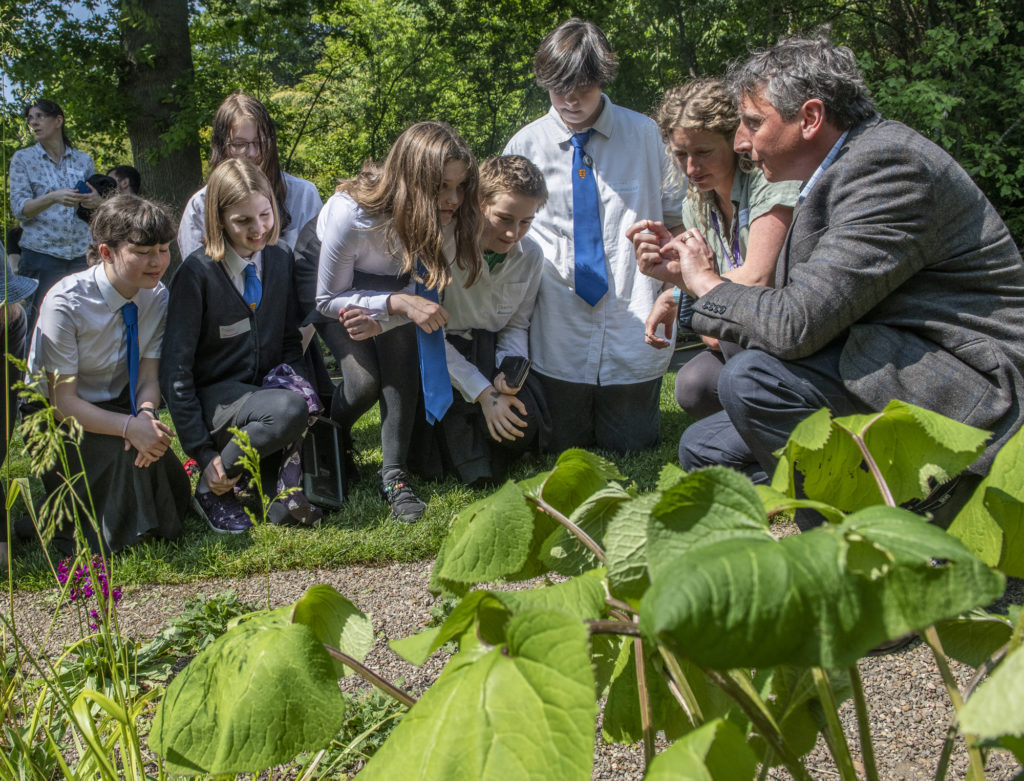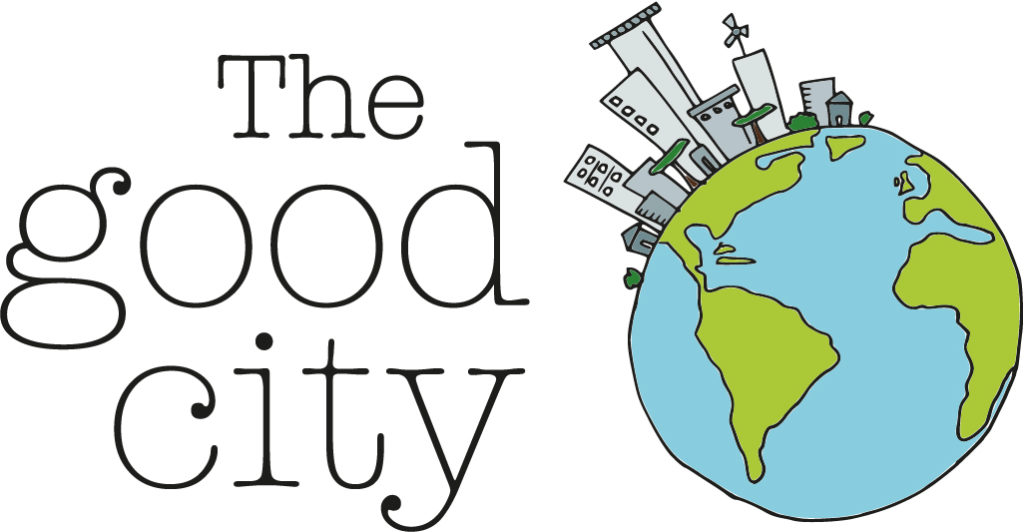Our human experience is ever increasingly urbanised. According to the UN, more than half of us already live in urban areas, following a shift from rural to urban living which grew rapidly from one third of the population in 1950 and is projected to reach two thirds by 2050.
As urban populations grow, so must the cities that contain them. Studies show that our cities are getting more expansive, rather than more compact. Urban sprawl is replacing cropland and natural habitats at an even faster rate than the growth of the urban population itself.
We live in a time of climate and ecological crisis and it’s clear that the challenges we face over the next century will play out in the urban sphere for most people. Towns and cities will be a key part of the transformation needed to renew our relationships with the land and each other. But are they up to the task?
Good City? Bad City?
Towns and cities are where we grow up, live, work, travel, meet with family and friends, and do all the other routine things that make up our daily lives. City dwellers have access to enriched educational and cultural opportunities and may even be more physically active than rural dwellers due to increased opportunities for active travel. But alongside all the benefits we get from cities, they can also be hugely damaging to the planet and have terrible impacts on our health.

Urban dwellers in the UK can expect a healthy lifespan four years less than the rural population, in part because of city-specific dangers: Air pollution contributes to 4 million premature deaths globally. Urban heat islands exacerbate extreme heat waves by up to 10˚c, exposing urban populations to dangerously high levels of heat exposure. And city living has a complex and highly variable relationship with our mental health.
Cities are significant emitters of greenhouse gases due to the urban economy and carbon embedded in the city infrastructure. Expanding cities also take over agricultural land and natural habitats – exacerbating existing global problems with food security and biodiversity loss.
But as always, urbanization is a highly complex issue. The pros and cons of city living are not experienced at all equally, with households just streets apart exposed to significantly different urban environments. Poor urban health is concentrated in inner-city neighborhoods, coinciding with income disparity and ethnic inequalities.

Can nature help make our cities better?
We tend to define urban environments by the absence of nature. But nature is always there (just look down at the plants growing in the cracks in pavement beneath your feet!). A good city, one that is full of nature and all the benefits that nature brings, can be good for us and good for the planet. A different future is possible for our cities and for us.

The natural environment makes up the life support systems of our planet, providing many of the physical and social benefits that humans (and cities) need to thrive. A whole bank of research evidence (e.g., Naturvation, C40 Knowledge Hub and CitiesWithNature) shows us that we can make our towns and cities better just by making more space for nature.
Across the globe, nature provides us with food, resources, and clean water. Urban greenspaces and street trees moderate air temperature, helping to avoid the worst effects of deadly urban heat waves. Healthy vegetation and soils filter pollutants from our air and water and prevent flash flooding by intercepting rainfall and soaking up excess runoff. Not only that, just being around nature does good things to our physical and mental health.

And while we need nature, nature also needs us. Habitat loss, pollution and climate change have created a global ecological crisis. By making more space for nature and changing the way we do things in our cities, we can help solve these problems too. Urban meadows, tiny forests, green roofs and living walls link up natural habitats and enrich the biodiversity of the urban environment.

Is Edinburgh a Good City?
So how are we doing, right here in Edinburgh? What can we do to make sure Edinburgh is a good city, now and for the future?

Horticulturists here at the Botanic Gardens have been designing and perfecting several nature-based solutions to help tackle the problems we face here in our city. The RBGE rain garden is adapted to meet the challenge of heavy rainfall events and to monitor their impact. RBGE expertise on ‘planting with nature’ is being shared far and wide, from the changes we can make in our own back gardens to opportunities for city-wide transformation of the way we manage our urban environment.

Through ‘The Good City’ project over the last three years, RBGE scientists have been tapping into the expertise of young people across Edinburgh to find out where these nature-based solutions are needed. More than 400 young people have participated in this project, mapping their neighborhoods using their ‘route to school’ as a sampling tool and contributing their observations and ideas for how we make our city better.
Stay tuned as we unpack the results of this research over the next few weeks and find out: Is Edinburgh a Good City?

